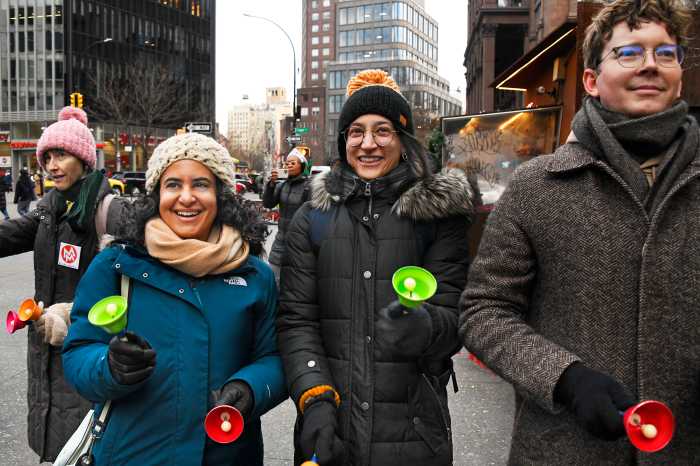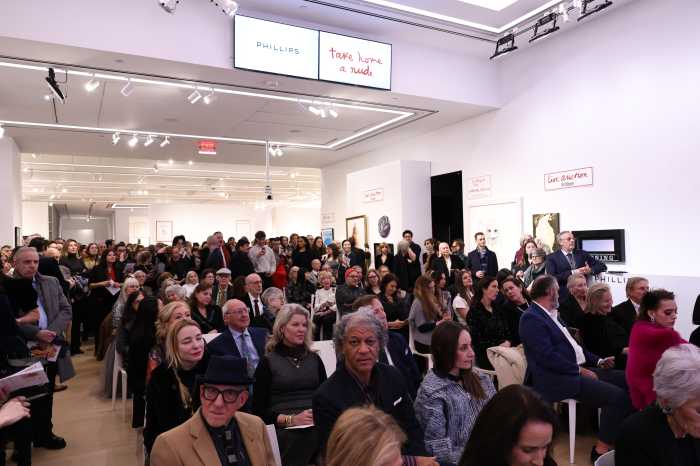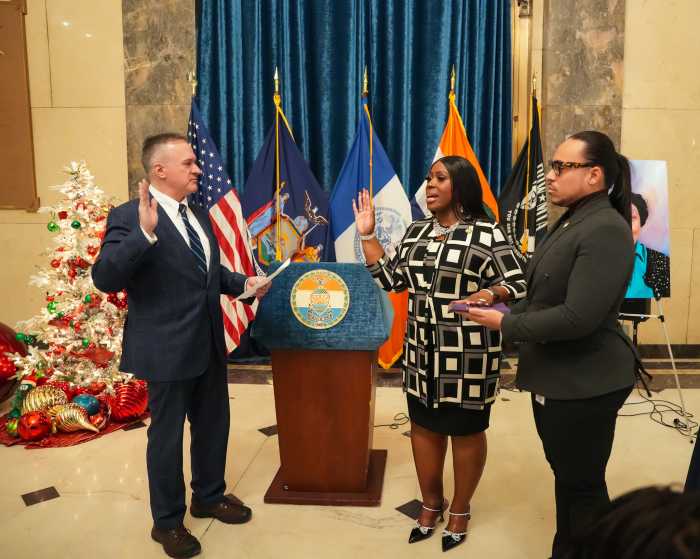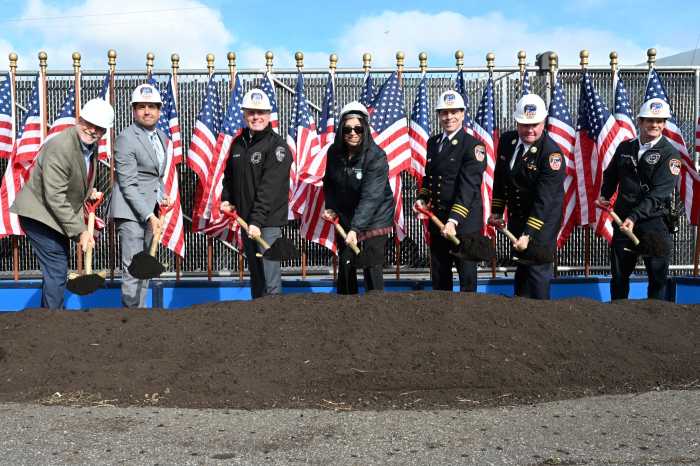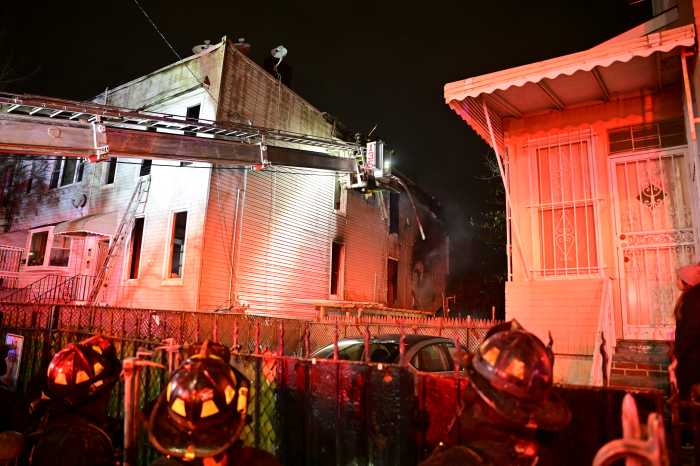As part of its long-term planning, New York University recently unveiled conceptual designs showing how the university might develop its two South Village superblocks to accommodate some of its projected 6 million square feet of growth over the next 25 years.
Top planning firm SMWM, which did the concept designs, has determined that the university’s Washington Square-area campus core and surrounding neighborhood, between 18th and Canal Sts., can absorb 3.6 million to 2.8 million square feet of additional N.Y.U. space. SMWM and N.Y.U. say the superblocks could support 2.5 million square feet of new development — almost half the total the university says it will need.
For starters, N.Y.U. deserves credit for publicly showing its potential plans in advance of acting on them.
In general, the university under President John Sexton has exhibited a new openness and a commitment to repairing its historically strained and acrimonious relationship with the community. In that vein, earlier on the same day that neighbors viewed the concept plans, Sexton and Borough President Scott Stringer signed new community-friendly principles to guide N.Y.U. in terms of its presence in the Village and Downtown area.
Those principles are the good work of Stringer’s N.Y.U. Task Force, composed of representatives of leading community groups, Community Board 2, local politicians and N.Y.U.
Last week, N.Y.U. announced it supports landmarking its Silver Towers complex — after previously opposing it — a sign the university is starting to evolve.
These are all positive, long-overdue developments.
But N.Y.U. can do better. First, the university should cap its growth in its campus core and surrounding neighborhood — at the lower end of N.Y.U.’s projections, 2.8 million square feet. As much of that amount as possible must go on N.Y.U.’s property. This cap should include the university’s opportunistic purchases, such as its recent buying of a building on E. 23rd St. for a dorm.
The university should commit to periodic monitoring and reporting of its growth to ensure it is abiding by SMWM’s and the task force’s principles.
Above all, N.Y.U. must look to expand in remote locations. That N.Y.U. wants to create a 1 million-square-foot Governors Island campus is very encouraging. We urge the university to keep looking at areas around its N.Y.U. Medical Center and in Brooklyn around Polytechnic University, with which N.Y.U. hopes to affiliate.
Many residents oppose any further N.Y.U. expansion in the Village area, even on property it owns. For a community that has been burned so often in the past by N.Y.U.’s unbridled expansion and out-of-scale projects, this reaction is understandable, but not realistic. The best hope is for N.Y.U. to continue to develop its comprehensive plan — which balances respect for the community with the university’s needs — and to keep the community involved.




